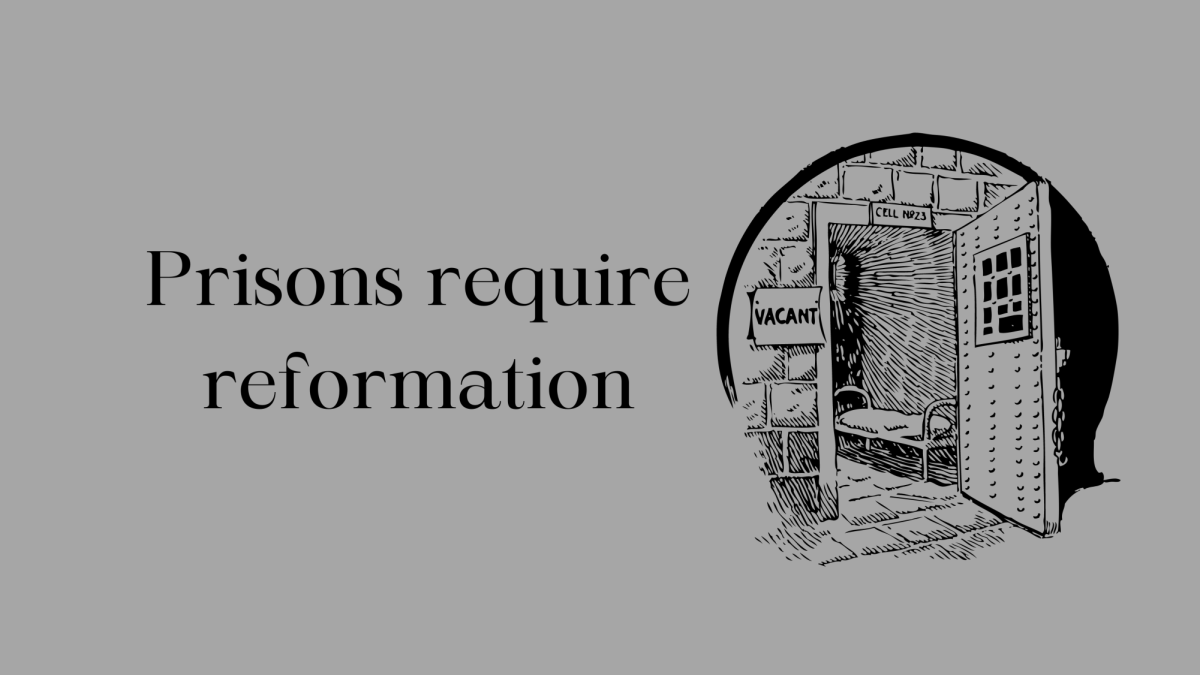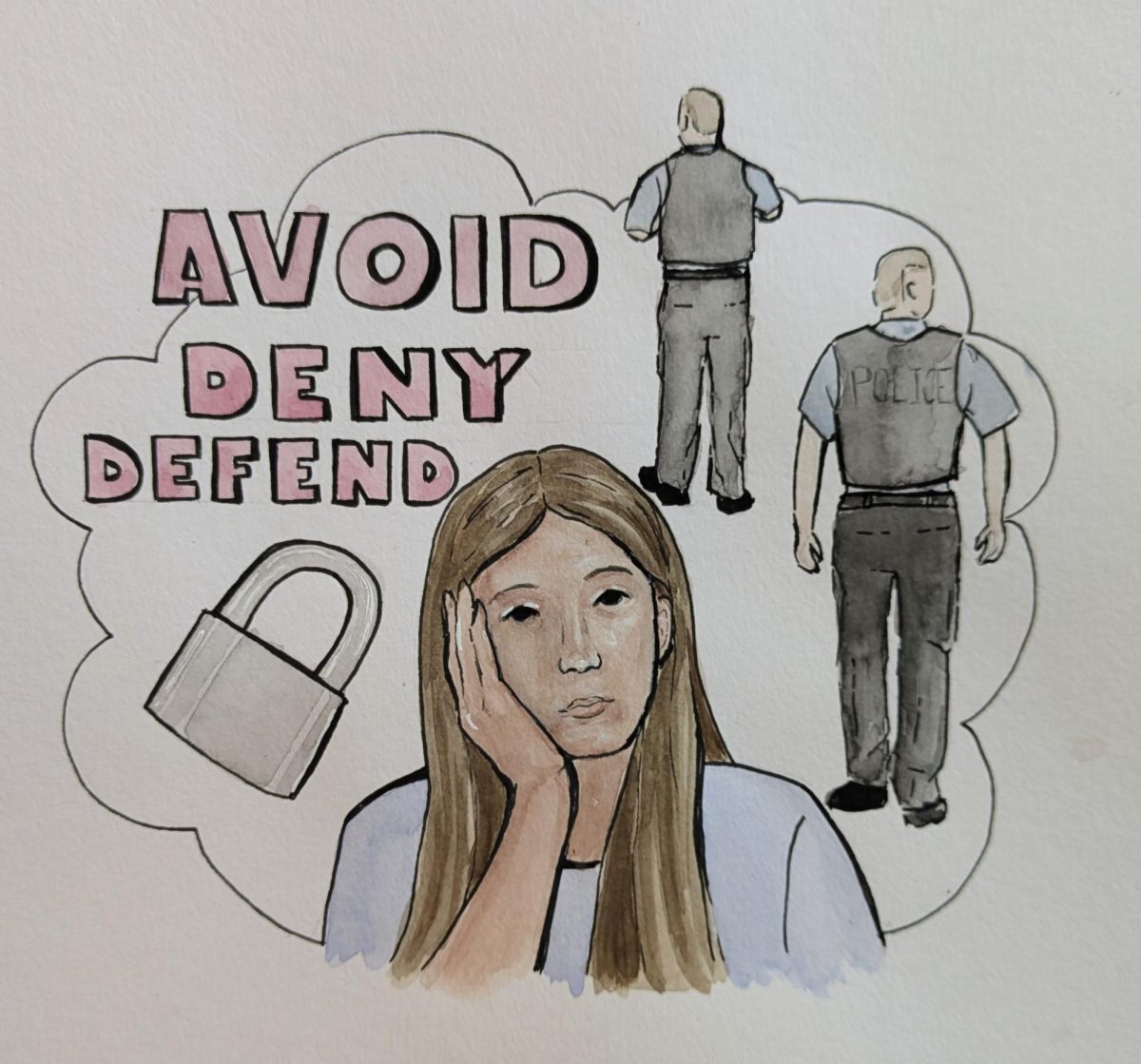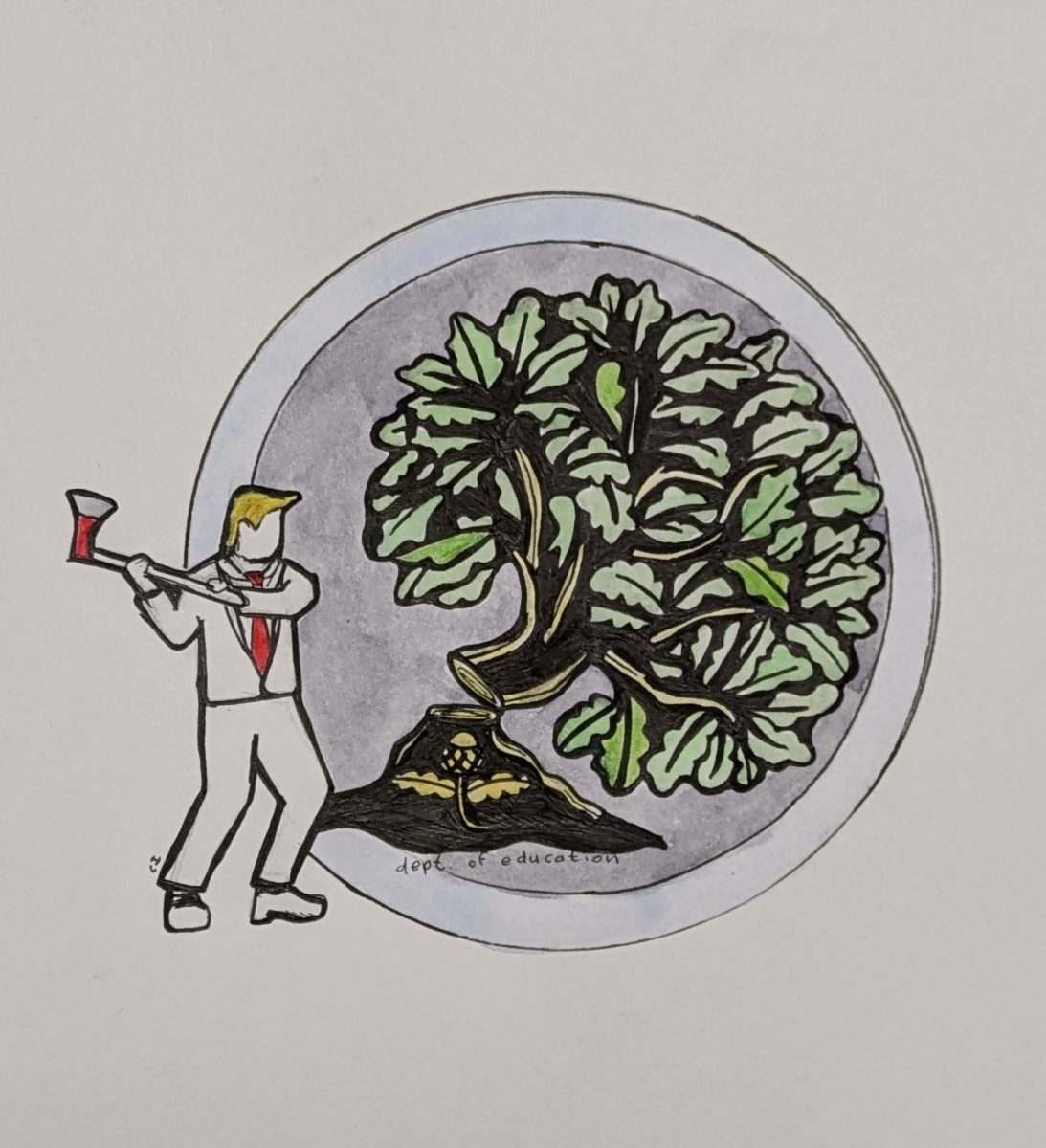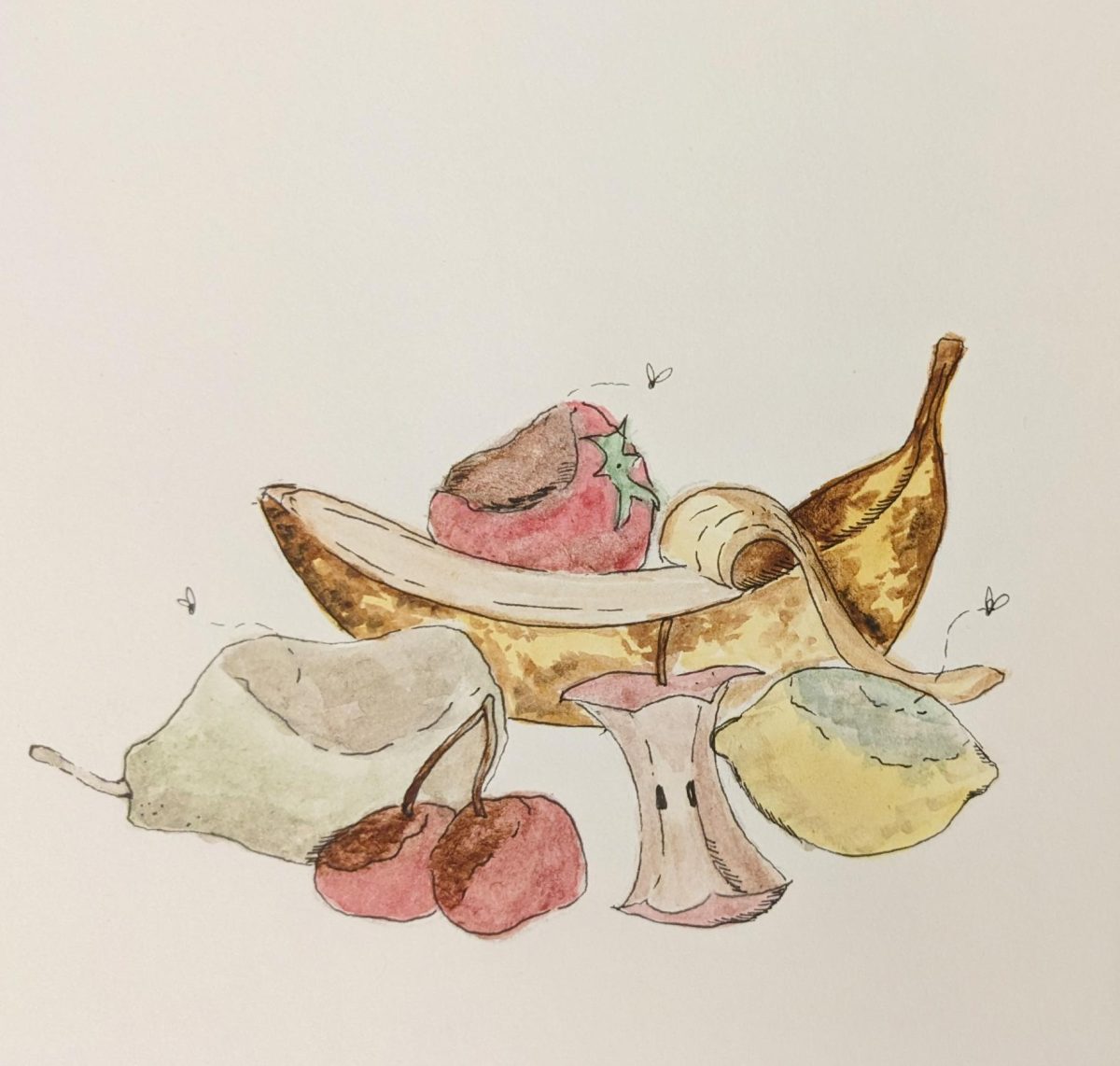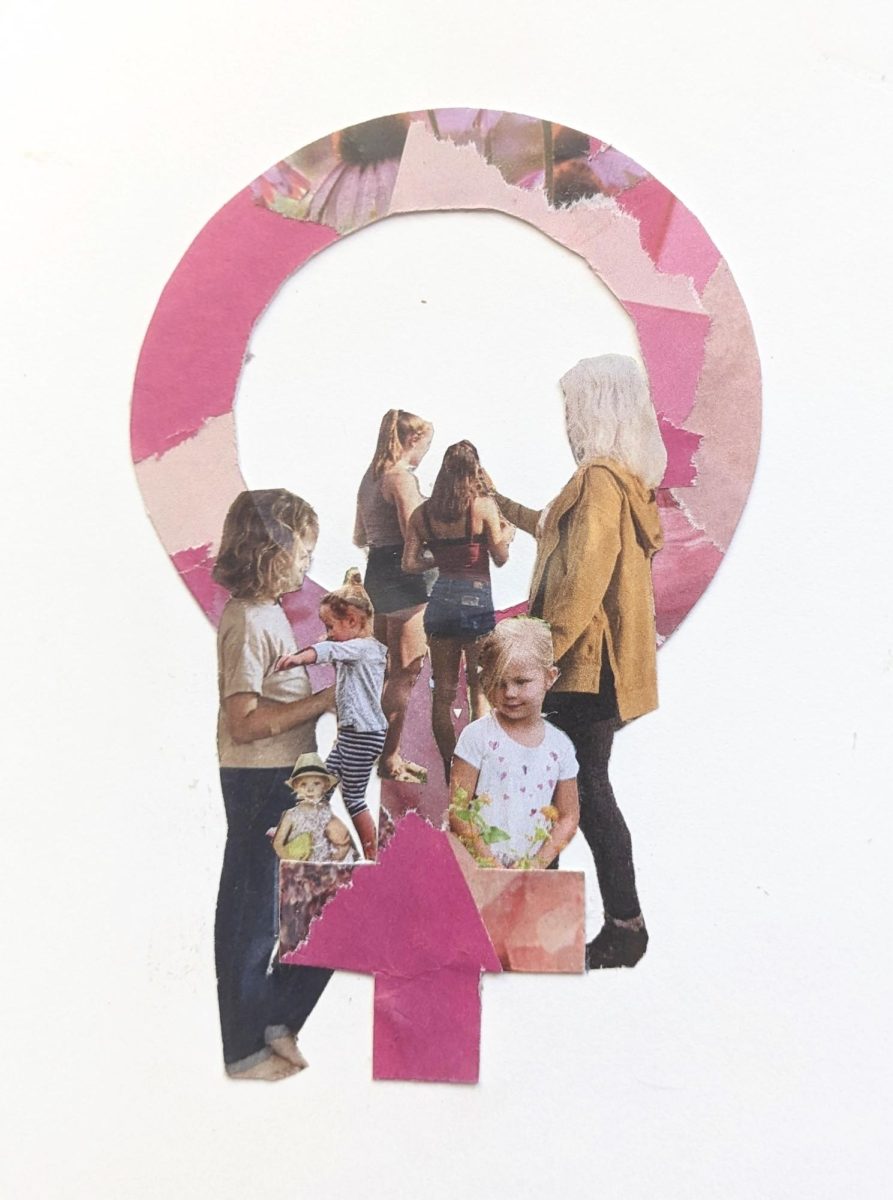This previously ran in out February 2024 issue.
America deems convicts must spend their time in the form of punishment away from civilization in the hopes to prevent reoffenders. However, there remains one main question: is this current system of punishment in America actually effective?
The main goals of our prison system in America should be centered around rehabilitation, reformation, and reintegration of convicts back into society. We want people to come back and become functional members of society so they can advance it forward.
However, we need to reconsider how we conduct our current prison system. We have the largest prison population out of any country, and the recidivism rate — the rate in which convicted criminals reoffend once free from prison in America — is 68 percent within three years post-release. Recently, the Office of Inspector General identified that the prison system had unfunded modernization and repair needs with a total estimated cost approaching $2 billion.
Specifically in Lehigh County, instances of neglect materialize quite commonly. In 2023 several cases at the Lehigh County Jail involved months of people’s needs being neglected. For instance, according to LehighValleyLive, one woman with bipolar disorder reported that the prison withheld the necessary medication needed for her. So how did we get here? And where do we go from here?
When we trace back the origins of issues in the prison system in the USA, it mainly stems from the War on Drugs — started by Nixon but greatly exacerbated by Ronald Reagan. Reagan signed into law the Anti-Drug Abuse Act — this processed drugs differently, like crack cocaine, which was more prevalent in areas with lower socioeconomic standing than its counterpart powdered cocaine, with 500 grams of powdered cocaine being equal to five grams of crack cocaine. This resulted in a 1,216 percent increase in the state prison population, and 41 states currently operate at around 75 percent or more of their capacity.
There is one country we could model after with around a 20 percent recidivism rate — Norway. Norway’s prison system takes a more humane approach, as the Norwegian Correctional Service places high emphasis on their values: safety, transparency, and innovation. In addition, Norway spends $93,000 per inmate per year, three times the amount the US spends per inmate per year. This allows for more resources allotted to prisoners. Norway also utilizes smaller correctional facilities, which lessen the chances of overcrowding. The most popular example of these facilities appears in Halden Prison, Norway. When people imagine a maximum-security prison, there are guards with gun holsters, snipers in guard towers, and barbed wire lined around the facility; however, Halden deviates from this idea, as none of these exist. Prison cells in Halden imitate homelike rooms with flat-screen TV’s, couches, and more that look more like a small apartment than the standard jail cell. A strong sense of community is fostered with inmates eating with guards, and engaging in recreational activities like badminton. All of this is used to replicate life on the outside of prison so they don’t feel trapped, and improves mental health since better mental health in-prison and post-release is related to lower recidivism likelihood. Nonetheless, this extends much further than just the prison system, as the Nordic Model — the social and economic policies of Norway — reaps many benefits because of things such as their strong welfare state, which in turn, lowers the crime rate.
We need to start reflecting on the failures of our prison facilities in contemporary USA or else we will continue perpetuating a system that just simply doesn’t work.


